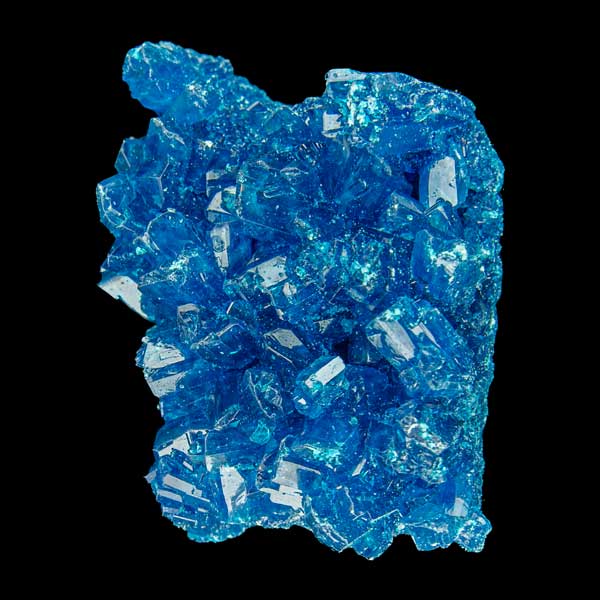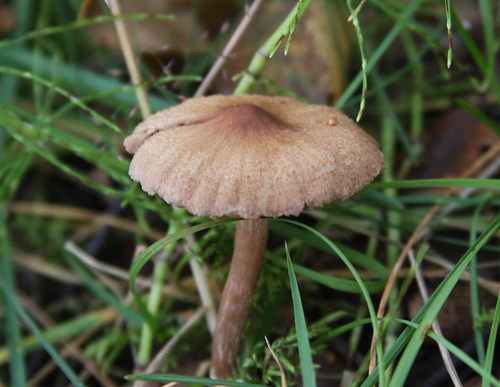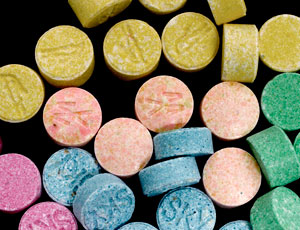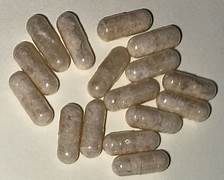MDMA as a medicine
MDMA was first synthesized in 1912 by a German chemist named Anton Köllisch. However, it was not until the 1970s that MDMA began to be used recreationally.
In the 1980s, MDMA became increasingly popular among young people in the club scene. It was often used at all-night dance parties, or “raves,” and was sometimes called “ecstasy” or “Molly.”
MDMA is a synthetic drug that acts as a stimulant and hallucinogen. It is chemically similar to both methamphetamine and mescaline.
MDMA produces feelings of increased energy, pleasure, emotional warmth, and empathy. It can also cause psychedelic effects, such as visual hallucinations.
MDMA is usually taken orally in the form of capsules or tablets. It is also sometimes snorted or smoked. The effects of MDMA typically last for 3-6 hours.
There are a number of potential risks associated with MDMA use. These include anxiety, depression, paranoia, and sleep problems. MDMA can also cause increases in heart rate and blood pressure, which can be dangerous for people with heart conditions.
Despite the risks, MDMA is still widely used recreationally. Its popularity is likely due to its ability to produce strong feelings of euphoria and connection.
- MDMA, or 3,4-methylenedioxymethamphetamine, is a synthetic drug that was first synthesized in 1912 by German chemist Anton Köllisch. MDMA was originally intended to be used as a blood-clotting agent. However, it was never commercially produced for this purpose.
- In the 1970s, MDMA began to be used as a Buy MDMA canada psychotherapeutic agent, and it was thought to be particularly effective in treating patients with post-traumatic stress disorder (PTSD).
- In 1985, the US Food and Drug Administration (FDA) approved clinical trials of MDMA-assisted psychotherapy. However, in 1986, the FDA placed a clinical hold on all studies involving MDMA, effectively halting research.
- In 1987, the Drug Enforcement Administration (DEA) placed MDMA on the list of Schedule I controlled substances, deeming it to have a high potential for abuse and no accepted medical use.
- This classification made it illegal to manufacture, possess, or sell MDMA in the United States. Some researchers and clinicians argued that the DEA’s decision was based on politics rather than science, and that MDMA should not have been placed in the same category as drugs like heroin and LSD.
- Despite being illegal, MDMA continued to be used by therapists in underground clinical trials, and it also became popular as a party drug.
- In the early 2000s, MDMA began to be used in therapeutic settings again, this time in the form of Ecstasy, or MDMA-enhanced therapy.
- In 2010, the FDA approved a Phase II clinical trial of MDMA-assisted psychotherapy for the treatment of PTSD. However, as of 2018, MDMA has not yet been approved by the FDA for any medical use.

The War On Drugs And The Criminalization Of MDMA
Since the early 1990s, the War on Drugs has been waged against the use of illicit drugs in the United States. A key part of this war has been the criminalization of MDMA, also known as ecstasy.
MDMA is a synthetic drug that has both stimulant and hallucinogenic effects. It is most often used as a party drug, taken at nightclubs or music festivals.
MDMA was first synthesized in 1912 by German chemist Anton Köllisch. It was not until the 1970s that it began to be used recreationally. In the 1980s, MDMA became increasingly popular as a party drug.
It was often used at nightclubs and music festivals, and was known as a “love drug” because it was thought to increase feelings of empathy and intimacy.
In 1985, the US government placed MDMA on the list of Schedule I drugs, which are those that have a high potential for abuse and no accepted medical use. This effectively criminalized the drug, and made it much more difficult to research its potential therapeutic benefits.
Despite its illegal status, MDMA continues to be used recreationally by millions of people around the world. In recent years, there has been a growing movement to decriminalize the drug, and to allow it to be used for therapeutic purposes.
A number of studies have shown that MDMA can be an effective treatment for post-traumatic stress disorder (PTSD).
In one study, 83% of participants who took MDMA no longer met the criteria for PTSD after just two sessions of treatment. MDMA is also being studied as a treatment for anxiety, depression, and addiction.
The criminalization of MDMA has had a number of negative consequences. It has made the drug more expensive and more dangerous, as it is often cut with other substances. It has also made it more difficult for researchers to study its potential therapeutic benefits.
decriminalization of MDMA would make the drug cheaper and easier to obtain, and would allow researchers to study its therapeutic potential without fear of prosecution.
It would also remove the stigma associated with the drug, and allow people who use it recreationally to do so without fear of legal repercussions.
The effects of the criminalization of MDMA
The criminalization of MDMA has had a profound and negative effect on its development as a medicine. MDMA was first synthesized in 1912 by the German chemist Anton Köllisch.
It was not until the 1970s that it began to be used recreationally, and it was not until the 1980s that it became associated with the rave culture.
In 1985, the US government placed MDMA on the Schedule I list of controlled substances, effectively criminalizing its use. This had a number of consequences, both intended and unintended.
The most obvious consequence was that MDMA became much more difficult to obtain for research purposes. This made it difficult to study the potential therapeutic benefits of MDMA, as well as to understand its potential risks.
It also meant that MDMA became much more expensive, which made it less accessible for people who wanted to use it recreationally.
Finally, it made it more difficult for people who wanted to use MDMA for therapeutic purposes to find therapists who were willing to work with them.
The criminalization of MDMA also had a number of Buy MDMA canada unintended consequences. One of these was that it drove the production and distribution of MDMA underground, where it was often produced in uncontrolled and dangerous conditions.
This made it more likely that people would take impure or adulterated MDMA, which could lead to serious health problems.
It also made it more difficult for people who took MDMA to get help if they experienced problems with it, as there was no legal or medical infrastructure to support them.
Overall, the criminalization of MDMA has had a negative impact on its development as a medicine. It has made it more difficult to study its potential therapeutic benefits, and has also made it more dangerous for people who take it.




